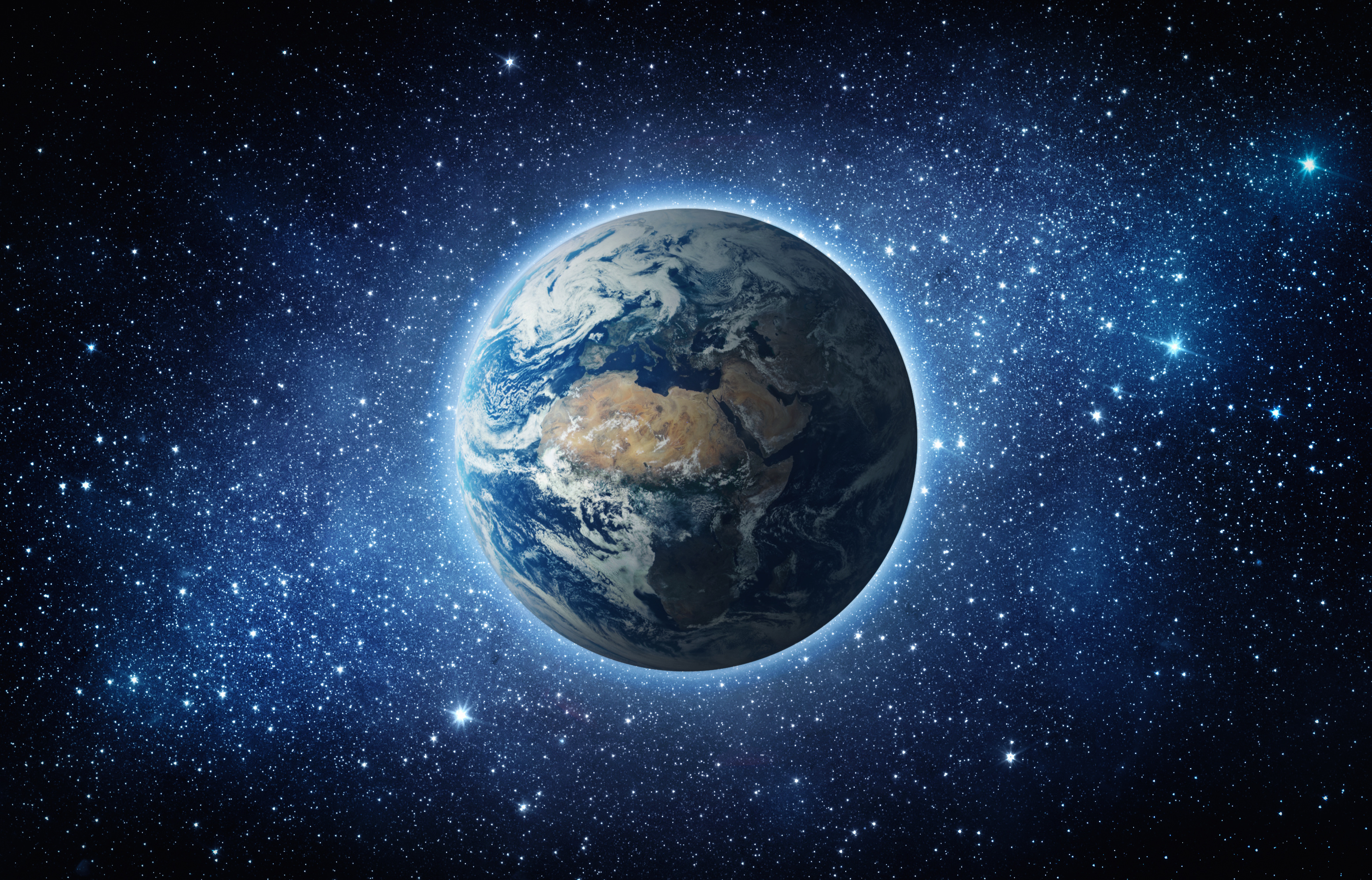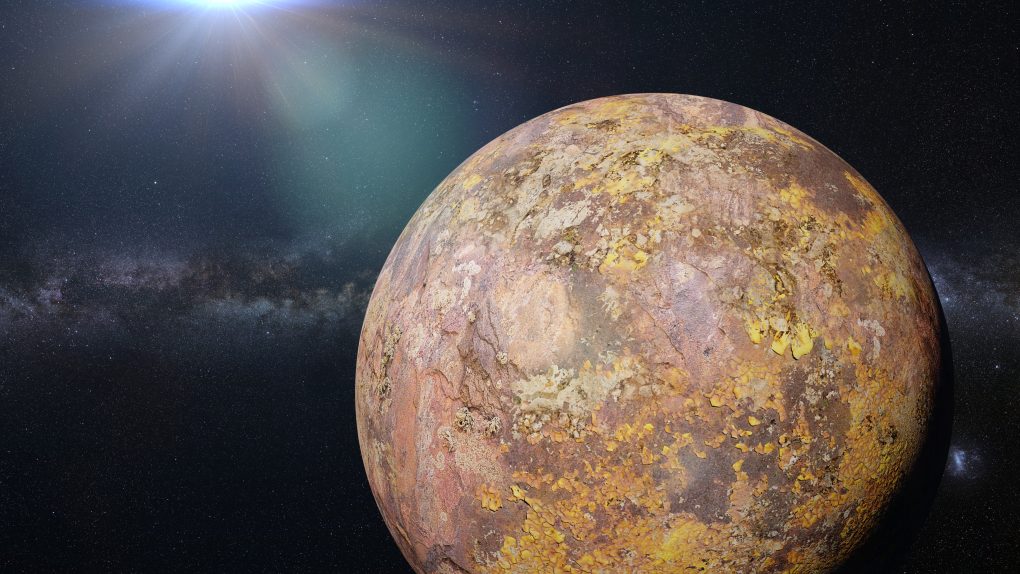Astronomers have discovered what may be an inhabitable exoplanet. The planet was discovered earlier this year, roughly 100 light-years from Earth. The planet, which scientists believe could support life, is located within the habitable zone of its start. This zone, which can be found around every star, determines whether liquid water can exist on the planet.
But just because it can exist doesn’t mean that it does exist.
We may have discovered an inhabitable exoplanet

The planet is one of two exoplanets discovered using a telescope from the project SPECULOOS (Search for habitable Planets EClipsin Ultra-cOOl Stars). This project is part of the European Southern Observatory. To find the inhabitable exoplanet, astronomers first observed the system using NASA’s Transiting Exoplanet Survey Satellite, or TESS.
TESS noticed the existence of the first planet. However, it wasn’t until astronomers observed it using SPECULOOS that they discovered the second exoplanet within the star’s habitable zone. On the other hand, the first planet was much too close to the star to support life. Right now, it’s unclear whether or not the planet is liveable.
To determine this, scientists will need to use James Webb to try to detect water in the planet’s atmosphere. From there, it may be able to observe even more if liquid water is found on the surface. If the planet does not have an atmosphere, though, then the presence of liquid water will be proven impossible. It’s an intriguing idea, though, finding an inhabitable exoplanet.
Finding a planet within a star’s habitable zone isn’t unlikely. In fact, the habitable zone of a star can change quite a bit. This all depends on how powerful and big the star is. For example, Earth is within our Sun’s habitable zone, and so are Venus and Mars. But a planet being within the habitable zone doesn’t instantly make it liveable, as we know from the existence of Venus and Mars.
That’s why there is so much speculation around this particular discovery and whether or not an inhabitable exoplanet has been found. The star it orbits seems to be less powerful than our own sun, which means the distance it is at could support life without being too hot. The planet’s rotation is roughly 8.5 days, making it much longer than Earth’s.
It can be easy to forget that not every star is super powerful. Some of the smallest stars we’ve discovered are low mass and offer less energy than our own Sun, which can significantly change the habitable zone around them. The researchers published a paper on the discovery in the journal Astronomy & Physics.








